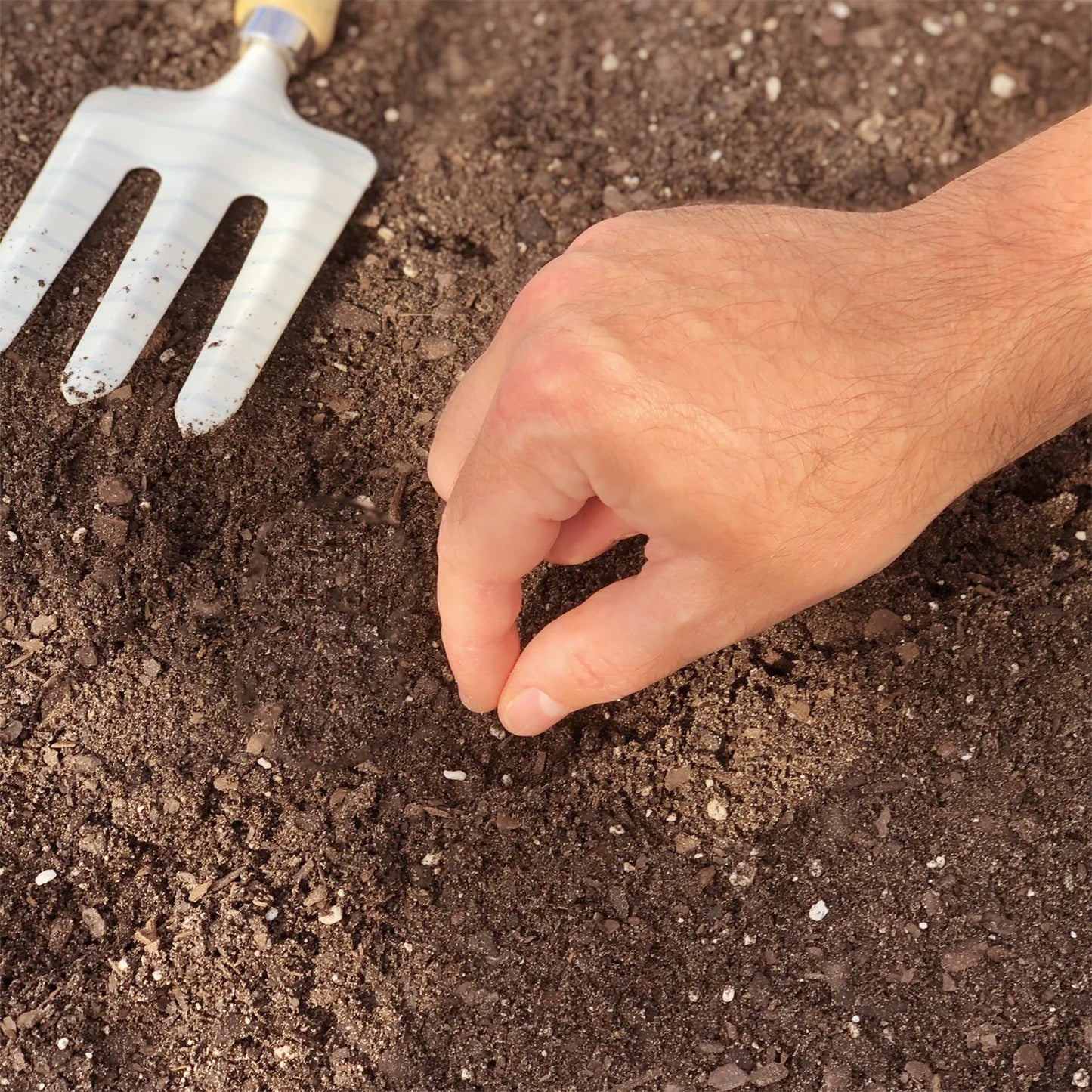10% Off E-Gift Cards With Promo Code | View All Offers >






You may also like

Join our rewards program today to start saving!

Free Shipping on orders over $35

There are a ton of ways to earn!










